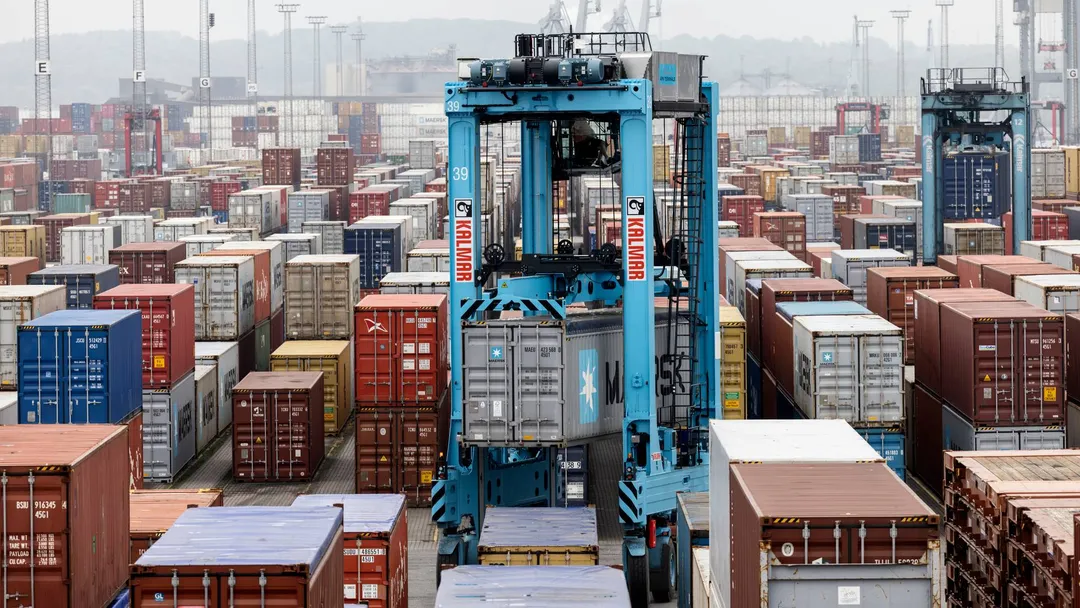
How Supply Chain Disruptions Sustain Increased Freight Rates for Shipping Companies
3 months ago
How Supply Chain Disruptions Sustain Increased Freight Rates for Shipping Companies

Sydbank's senior analyst notes that the key question has always been the level of demand expected by year-end. At the start of 2024, the major global container carriers predicted a challenging year ahead. But, as is often the case in shipping, unexpected events have shifted the outlook.
On Monday evening, A.P. Moller-Maersk adjusted its financial guidance upward for the second time this year.
“Maersk has gained momentum from Red Sea disruptions and robust freight demand. The real question has always been how high demand would remain as we move towards the end of the year following strong early-year levels,” says Mikkel Emil Jensen, senior analyst at Sydbank, in a statement to MarketWire.
Jensen highlights several key factors supporting shipping companies and freight rates, which form the foundation of their earnings.
One significant factor is the ongoing conflict in the Red Sea, where persistent Houthi attacks have led shipping lines to reroute around Africa for Asia-Europe services. This shift lengthens voyages and removes capacity from the market.
In addition, a recent strike at U.S. East Coast ports, though brief, created a ripple effect across supply chains.
“The latest data suggests freight rates may be stabilizing. Factoring in the October port strikes, rates could hold steady or decline more slowly in the coming weeks,” Jensen adds.
While freight rates have indeed dropped, they remain elevated. Recently, spot rates for Shanghai cargo held steady for the first time after eight consecutive weeks of decline in the SCFI index.
• Billion-Dollar Forecast Revision
The Danish shipping giant now forecasts an underlying operating profit (EBITDA) of USD 11-11.5 billion, up from its previous range of USD 9-11 billion, exceeding analyst expectations of USD 10.14 billion, according to Bloomberg.
“There was some uncertainty about an upward revision from Maersk, especially considering the significant decline in freight rates,” Jensen notes.
This is Maersk’s second upward adjustment this year. Early 2024 saw a more cautious tone from leadership, suggesting a downturn and the need for cost discipline. Concerns over additional capacity in the market, which was expected to press freight rates downward, have not materialized as strongly as expected.
• Orders Placed in Advance
Jensen also attributes the development to companies placing orders well in advance, which can create a snapshot of strong consumption, even as economic indicators globally do not necessarily reflect this trend.
“While consumption is not booming, and economic data doesn't suggest a consumption-driven market, companies are proactively securing goods to avoid potential tariffs, especially if geopolitical tensions rise,” he explains. “There’s also a strong preference for ordering in advance to mitigate supply chain risks.”
Following Maersk’s upward guidance, which was issued after Denmark’s markets closed, Maersk’s U.S. ADR rose 4.5%. The company will release its official quarterly earnings on Oct. 31.
Source: Shipping Watch